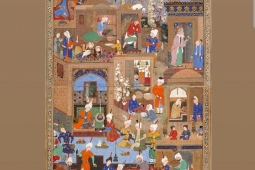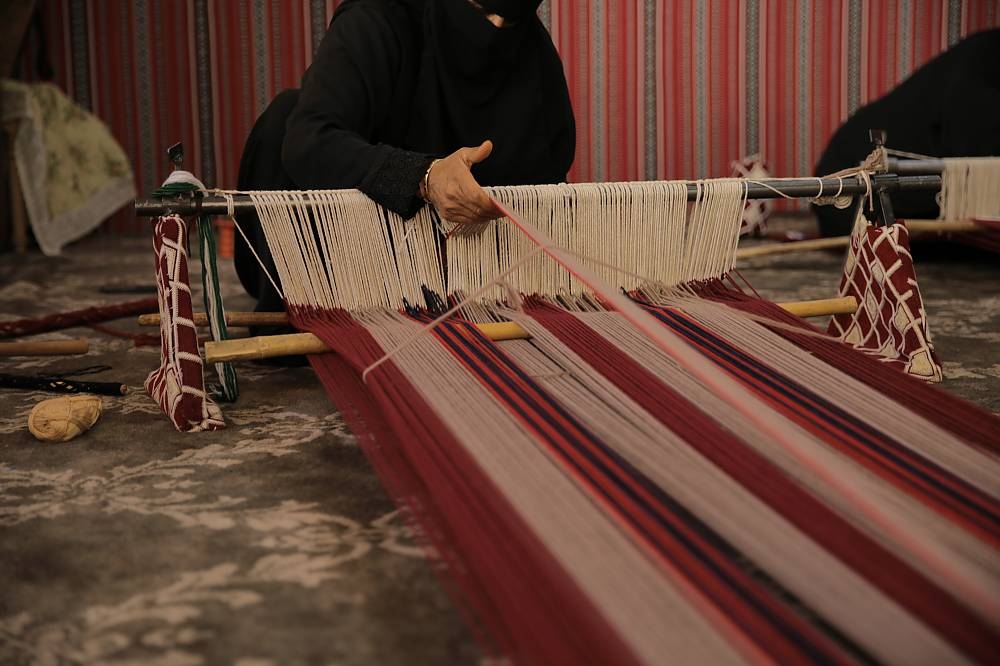Intangible Cultural Heritage Committee Inscribes the Traditional Weaving of Al Sadu onto the Representative List of Humanity
© Saudi Heritage Preservation Society (SHPS), 2018Every year during its session, the Intergovernmental Committee for the Safeguarding of the World’s Intangible Cultural Heritage inscribes new cultural elements onto the UNESCO ‘Representative List of the Intangible Cultural Heritage of Humanity’ in recognition of the important role of intangible cultural heritage in maintaining cultural diversity, promoting dialogue, and encouraging mutual respect.
The Traditional Weaving of Al Sadu, in Saudi Arabia and Kuwait, is a newly inscribed element for 2020 which also exemplifies the rich and diverse cultural heritages from regions along the Silk Roads.
Derived from the Arabic for ‘weaving done in a horizontal style’, the Traditional weaving of Al Sadu refers to the woven textile typically made by Bedouin women in a warp-faced plain weave, on a ground loom, and using the natural fibres of the surrounding environment. The patterns used on this tightly woven durable textile reflect the Bedouin desert in its simplest, pure form, featuring repeated geometric designs, symmetry, and the use of bright colours such as reds and oranges. The beauty of each woven item depends on the quality of the spinning and weaving as well as the expertise of the weaver. The finer the yarn, the more pronounced and delicate the structure and design pattern of the textile will be.
The master weavers and primary bearers of Al Sadu are older Bedouin women who play a key role in transmitting the required skills to others, most often within the household. In addition, associations and educational organizations play an important role in passing on the skills and knowledge through classes or workshops. Today, bearers and practitioners weave Al Sadu either as a hobby or in order to sell the crafts. As such, Al Sadu textiles reflect the importance of female roles in Bedouin society, and nowadays has become less a functional object and more an object signifying a tradition and deep culture.
Textiles such as those associated with the Traditional Weaving of Al Sadu have historically reflected the myriad cultures found along the Silk Roads. You can find out more about other traditional textiles, as well as other examples of intangible cultural heritage from the regions encompassed by the Silk Roads, here.
See Also

Intangible Cultural Heritage Committee Inscribes the Art of Miniature onto the Representative List of Humanity
The Art of Miniature, in Azerbaijan, the Islamic Republic of Iran, Turkey, and Uzbekistan, is a newly inscribed element for 2020 which also exemplifies the rich and diverse cultural heritages from regions along the Silk Roads.





